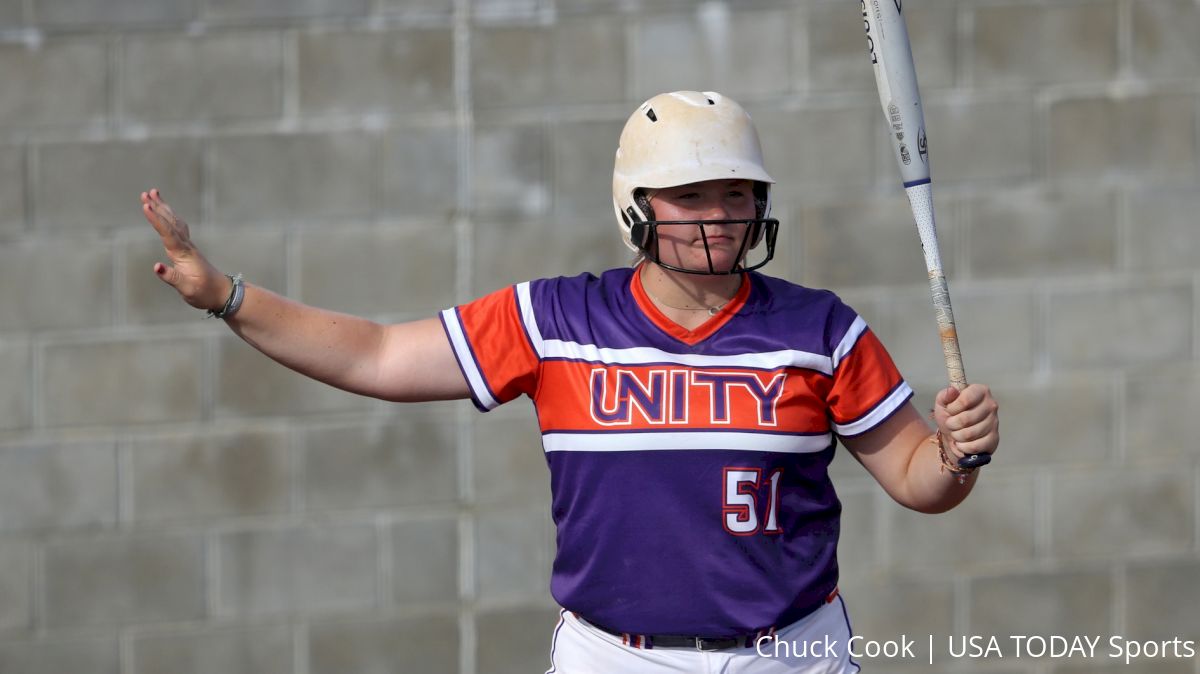S2 Breakthrough: The Growth of Softball Through Player Development
S2 Breakthrough: The Growth of Softball Through Player Development
The Growth of Softball Through Player Development by S2 Breakthrough featuring Dr. Laura McDonald, Krista Stoker, Ashley Sunshine, and Karli Sewell.

A Series on Establishing a Youth Player Development Model by S2 Breakthrough featuring Dr. Laura McDonald, Krista Stoker, Ashley Sunshine, and Karli Sewell. www.s2breakthrough.com
We, the softball community, need to have a frank discussion about the current state of the youth level of this game. We need to take a hard look at the expectations placed on our most vulnerable players and the ramifications on the longevity of the sport.
The reality for a youth softball player is that she will participate in a system that does not acknowledge her nonlinear physical development. She will be expected to respond to verbal coaching cues and drills that isolate parts of a skill without the requisite awareness of where her body is in space.
If she possesses natural athleticism she will be pushed to play at higher and higher levels for exposure to recruitment opportunities at the detriment of developing movements foundational to her long-term health and physical literacy.
If she struggles to develop a skill, she will be discouraged from pursuing that position, batting stance, or even the sport altogether. She’s twice as likely to drop out from playing sports by age 14 anyway (1).
The reality for a youth softball player is that she will face one of two choices: specialize in softball or attempt to play multiple sports both while overscheduled, under fueled, and under recovered. Even if she chooses not to specialize, she will likely attempt to play on both a scholastic team and a travel/recreational team. Neither will provide her the appropriate support system of qualified and vetted skill/team coaches and strength and conditioning professionals. If she does specialize, she places herself at increased risk of injury (2,3). If she does become injured, she will enter a confusing and overwhelming healthcare system that will place a priority on resolving her most surface-level symptoms without consideration for the actual demands the game places upon her.
The reality for a youth softball player is that if she can remain healthy and productive enough to be recruited at the collegiate level, she will face a system that values games, showcases, and exposure camps over her actual ability to continue to grow as a player.
To meet the needs of this system, she will play 100+ games over the course of a year and her family will endure the cost of being in the right place at the right time for her to be seen by the right coach. She and her family will pay for weekly lessons from a well-intended coach who will apply a one size fits all model to her mechanics because we lack a uniform, top-down curriculum for coaches to model. Those lessons won’t undo the physical damage of excessive games and lack of strength training and conditioning from her elite travel ball organization.
The reality for a youth softball player is that she won’t be educated about how her physical development and maturation will affect her sport performance. She won’t have anyone to talk to about her period, and therefore won’t understand the significance of things like skipping periods for months at a time.
If she is exposed to a training regimen, it will likely not address her specific needs as a softball player and treat her like a premature adult. In fact, she won’t be aware that none of the national governing bodies for softball promote long-term athletic development, let alone provide pathways, coach education, and resources to effectively implement. She won’t know that we have limited knowledge of what makes elite athletes in our sport effective.
This reality stunts the growth of the game.
To grow the game, it is imperative that we establish a proper platform for softball development that prioritizes a player’s health and wellness, both mental and physical, and then lays a clear path for our young athletes to maximize their physical performance.
We must identify the metrics that scale to the top level of the game and that are meaningful for in-game success. Training decisions must be based on knowledge of what truly makes elite athletes successful and mindful of the key tenets of long-term athletic development.
Using this information, all platforms must include:
- Physical and skill assessments to establish an athlete’s capacity for training.
- A strength training and conditioning paradigm based on maturation level first and the tasks of a rotational athlete second.
- Skills training appropriate for the player’s maturation level and movement competency.
- All of this packaged in a cohesive culture where growth is expected, failure is faced head-on, and ownership over the longevity of a player’s career rests with her.
Growing the game means empowering young athletes to stay in it long enough to reach their performance ceiling by providing them a development platform customized to maximize their individual potential. In this series, we look forward to diving into each of the parts of our youth softball development platform and how we implement them at S2 Breakthrough.
(1) Do You Know the Factors Influencing Girls’ Participation in Sports? https://www.womenssportsfoundation.org/do-you-know-the- factors-influencing-girls-participation-in-sports/
(2) Bell DR, Biese KM, Post EG, et al. Sport Specialization Is a Risk Factor for Overuse, But Not Acute, Lower Extremity Injuries: A Prospective Study. Orthopaedic Journal of Sports Medicine. 2019;7(3_suppl):2325967119S0011. doi:10.1177/2325967119S00111
(3) Jayanthi NA, LaBella CR, Fischer D, Pasulka J, Dugas LR. Sports-Specialized Intensive Training and the Risk of Injury in Young Athletes. The American Journal of Sports Medicine. 2015;43(4):794–801. doi:10.1177/0363546514567298